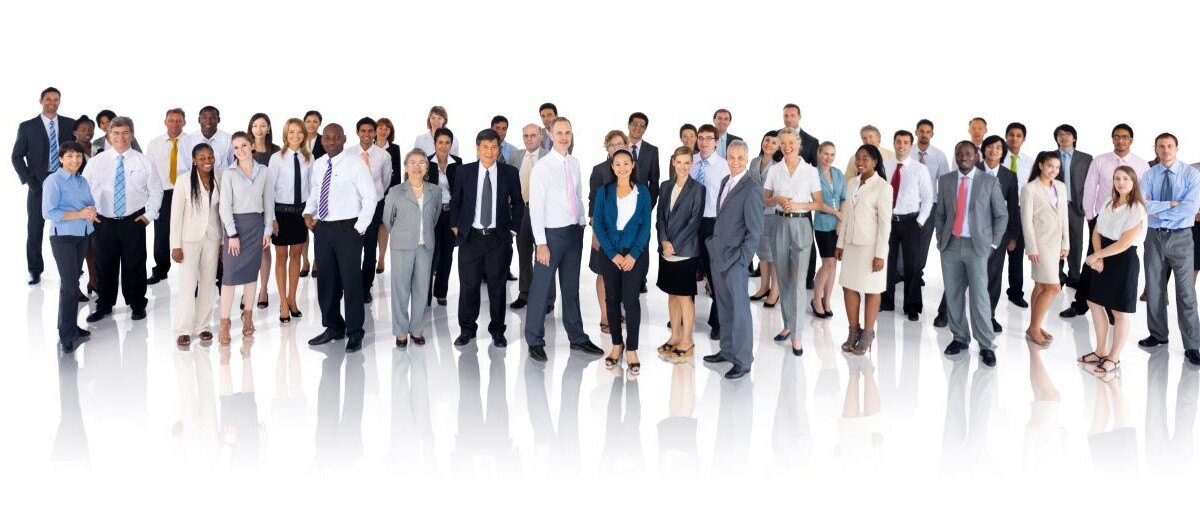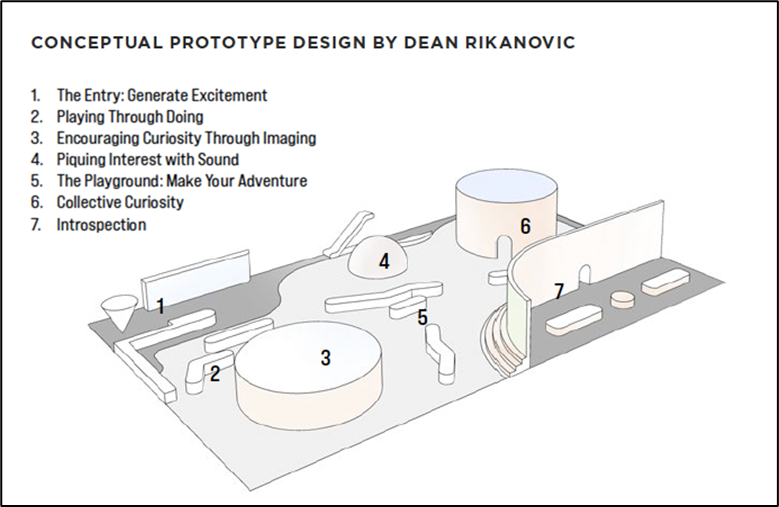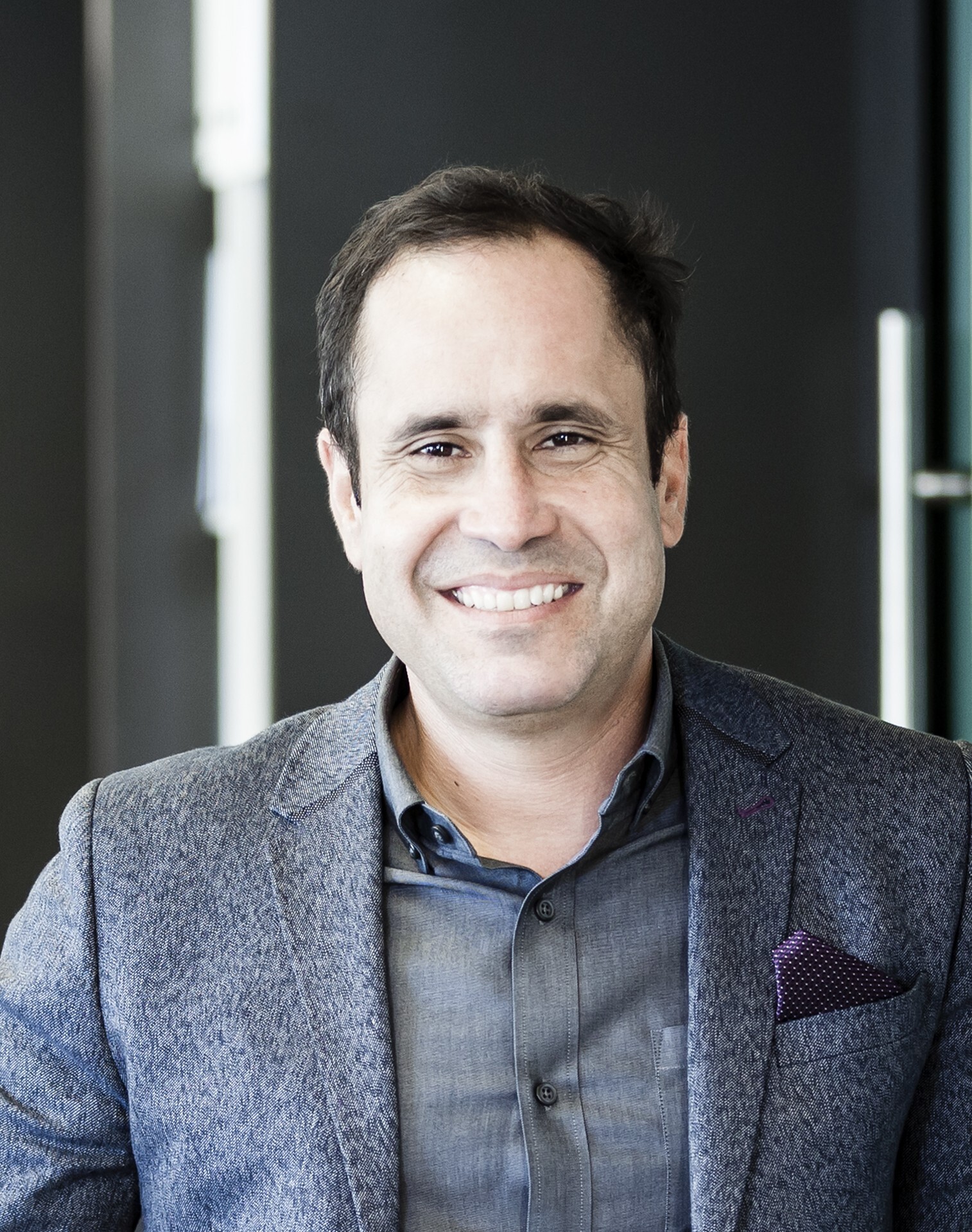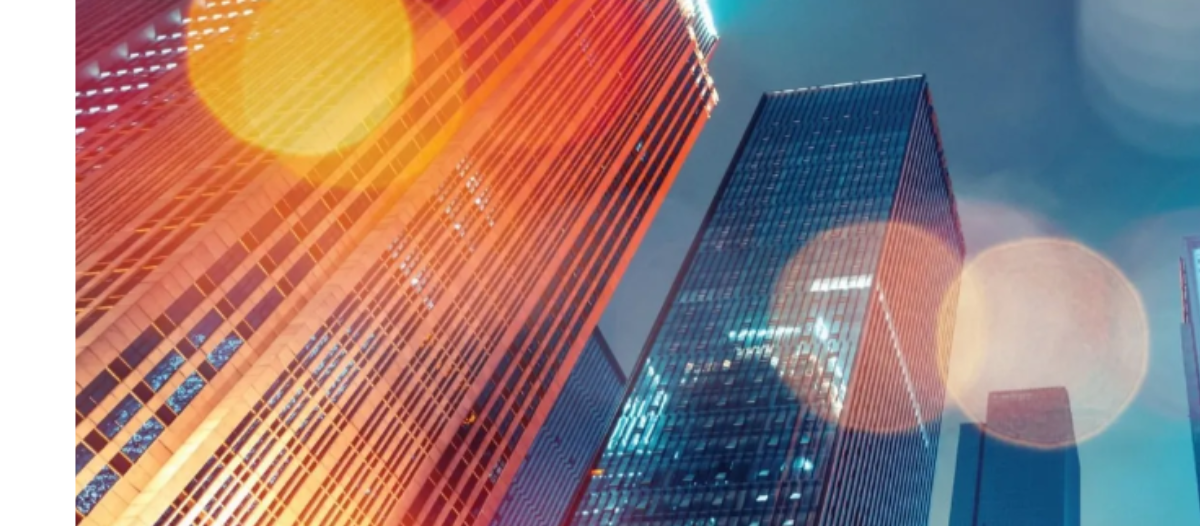For the People
Redesigning the workspace

What happens when 10 years of office evolution are compressed into a year and a half? Organizations get a historic opportunity to shape a more human workplace—through reopening and beyond. That means mixing up the office experience in new ways, including infusing the office with spaces for bonding through non-hierarchical, playful activities.
COVID-19 stranded knowledge workers in the monotony of the home office — but it also eased people into more authentic interaction, albeit virtual. From pets, kids and partners skidding through the backgrounds, to colleagues admitting to wearing sweatpants at their desks, Zoom fatigue blasted down the door between business and personal life.
As months ticked by, people grew more comfortable with sharing the good, the bad and the downright messy of living through a mass work-from-home experiment. According to Microsoft’s Work Trend Index, 39 percent of global employees say they are more likely to be their full, authentic selves at work than they were just a year ago.
The report also shines new light on the value of in-person collaboration: While people interacted more often with immediate teams, interactions with broader networks shrank during remote work. Working in silos may have been necessary during the pandemic, but in the long-term it will undermine the cross-pollination that’s so vital to innovation.
What’s more, 41 percent say they are likely to consider leaving their current employers within the next year. To win back and maintain employee loyalty, organizations must create a more human, authentic workplace — one that mashes up the best parts of work-from-home, with the best parts of a dynamic, in-person office.
The question now is how do organizations maintain this virtual humanism in a shared office environment? Perhaps the answer begins in Venice, California, USA.
Enter play as a workplace paradigm
A Venice skate park attracts people of all ages, races, genders, nationalities and orientations to a common activity: play. The skate park subverts traditional hierarchy based on age or gender and replaces it with equity driven by access, curiosity, vulnerability and skill.
It is not a meritocracy, but by encouraging play the skate park opens channels to human emotion that were available during our remote work experience, yet rarely encouraged in a corporate environment. If translated well into workplace design, the act of playing can continue to give us access to those human emotions we cherished most in others during the pandemic.
The concept of integrating play and work is not new. The idea took root in the early 2000s when “design thinking” emerged as a more fashionable alternative to traditional corporate rubrics. Millennials with ironic T-shirts and clever tattoos were invited into the C-suite to conduct blue-sky workshops using Nerf guns as visioning props.
Play, or the art of play, emerged as a modality for business results by harnessing creativity and empathy to drive employee satisfaction, customer loyalty and coveted Net Promotor Score metrics. Brands became lifestyles. Even professional services firms took notice. And it worked … until the 2008 Global Financial Crisis hit. Organizations circled the wagons, made deep cuts and were, understandably, less inclined to pay people to play.
In a post-pandemic reality, play can be the behavioral anchor that keeps employees connected and reminds them everyone is still in this together.
To bring play into the work environment, workplace leaders must consider what play is and the conditions that make it possible. There is a cottage industry espousing the benefits of play at work, but according to Peter Gray of Boston College, some consistent characteristics emerge around what play is:
-
Self-chosen and self-directed: play, first and foremost, is what one wants to do, as opposed to what one feels obliged to do.
-
Intrinsically motivated: play is done for its own sake more than for some reward outside of the activity itself.
-
Guided by mental rules: play is a freely chosen activity, but not freeform activity. Play always has structure, and that structure derives from rules in the players’ minds. In social play, the rules must be shared, or at least partially shared, by all the players.
-
Imaginative: play always involves some degree of mental removal of oneself from the immediately present real world — and can be the engine of cultural innovation.
-
Conducted in an active, alert, but relatively non-stressed frame of mind: [when people play] they have to think actively about what they are doing … but the person is relatively free from pressure or stress.
Design solutions will need to respond to both the physical and organizational domains of work. A skate park or playground inspired work environment is not an aesthetic, it is an enabler of behaviors and human emotions that transforms the traditional workplace into an organizational asset for its users.
Research and countless surveys strongly indicate that organizations and their employees want the post-pandemic work environment to promote more collaboration, community building and some space for single tasking. Play can be the strategy that integrates these requirements with intention and incentive.
The taxonomy of the workplace must shift if organizations want to encourage play, achieve results and incentivize employees to come back to the workplace. Leaders need to do away with the conventional open office models that try to optimize (or reconcile) occupancy efficiency with employee choice — a strategy that historically leaves all stakeholders slightly disappointed.
It is time to think beyond the traditional work modes of focus, collaborate, learn and socialize. These are now nearly irrelevant as COVID-19 forces us to redefine how and what kind of work takes place in or out of the office. A sea of workstations, a coffee station and oversized executive conference rooms will not have employees racing back to the office. If play, and all its organizational benefits, is the desired outcome, then new typology must emerge to get there.
How to translate the theory of play into functional space
If the intent is to inspire play and enjoy the emotional and professional benefits of colleagues and tightly woven teams, then organizations will need to reimagine the “kit of parts” of the post-COVID-19 workplace. Instead of organizing spaces around work modes, let spaces endow curiosity, autonomy, imagination and innovation.
There is no one roadmap to a more playful, authentic office, but including the following design elements can help light the way.
 1. Kinesthetic – to test and experiment
1. Kinesthetic – to test and experiment
These are spaces where employees can ideate around products and services. Not to be confused simply with tech maker spaces, these areas encourage the interaction between the tangible and the abstract. Providing tools and technology and the right environment enables staff to seamlessly toggle (and play) between the two.
-
Open area
-
100 percent flexibility
-
Maker type
-
Robotics and 3D printing
-
Rapid prototyping
-
Multifunctional
 2. Visual – to exhibit & watch
2. Visual – to exhibit & watch
An immersive space to communicate ideas with visual language. These are interactive spaces that connect individuals and teams either face to face or remotely, blurring the distinction. Not unlike playing multiplayer video games, this area can encourage participation or simply allow others to observe.
-
Enclosed/semi-enclosed
-
Immersive 360 experience
-
Staging for recording/viewing
-
Amphitheatre style
-
Group coding labs
-
VR - 3D drawing studio
 3. Auditory – to share & listen
3. Auditory – to share & listen
Forum spaces to share and listen. It may be a theater environment or simply an open space inviting informal or serendipitous run-ins without agendas.
-
Direct/indirect sound
-
Soundscaping stimulators
-
International public forum
-
Two-way sound options (click on off)
-
Audio playback
-
Music and theater
 4. Flow for quiet and focus
4. Flow for quiet and focus
Play is not always a team or collaborative behavior. Play can be thinking, practicing and single tasking on something of personal interest. Introverts are often the most creative and imaginative, yet rarely have the forum to play. Flow spaces provide respite for the quiet mind.
-
Isolation space
-
Enclosed and quiet
-
Non-disturb
-
“Good Will Hunting” effect
-
Lower collaboration
Design as a process shines when it translates the configuration of these areas into a human experience, one encouraging an inclusive journey for all.
Below is a conceptual prototype organizing all the parts into a spatial experience, using play as the overall organization modality. Leveraging it as a design principle reinforces the very best of what was learned during the pandemic, while eliminating the wasteful and unproductive aspects of the pre-pandemic work experience.

Reinventing the workplace, one human, playful experience at a time
Obviously pursuing this sort of strategy involves some calculated risk. But then again, workplace transformation is by definition a bold endeavor. It is not to say organizations should recklessly pursue people or workplace strategies purely on speculation or fashion; doing so undermines the potential of the design process.
By moving beyond the safety of traditional thinking and the need to constantly benchmark decision making, organizations can take responsible risks that drive change and account for complexity and ambiguity through elegant and people-centric solutions.
Driving change is, after all, what this is all about. As organizations rethink the workplace, now is not the time to revert to the old ways of work, with old office designs intact. It is an unprecedented opportunity to reimagine the future of how things can and should be.
Employees have become more authentic in their work. Office design embracing this new reality will help organizations stay ahead in this dawning post-pandemic era of work.
Editor's note: his article includes excerpts from a chapter Albert DePlazaola co-wrote with Gensler’s Arnold Levin for the IFMA Foundation publication “Work on the Move 3: Building Better Workplaces After the Pandemic.”
Albert DePlazaola is senior principal of strategy at Unispace, a strategy, design and construction delivery firm revolutionizing the creation of workplace. With nearly 15 years of experience in people-centered design and change management strategies for private and public institutions, he moves beyond the typical motivations to foster greater organizational responsiveness, adaptability and innovation. DePlazaola is recognized as a thought leader in the industry, contributing to various publications on design-thinking and leveraging user-centric approaches.
Read more on Leadership & Strategy , Workplace and Occupancy & Human Factors
Explore All FMJ Topics









